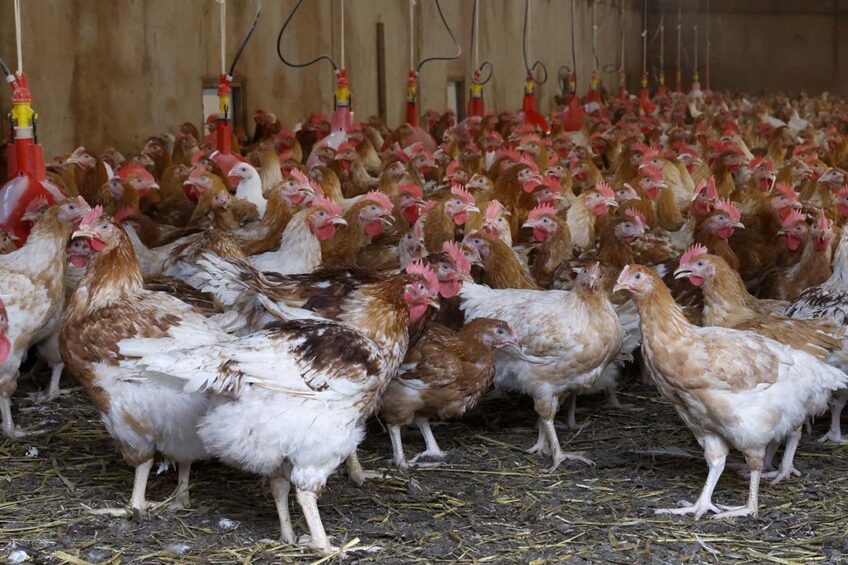Major UK retailer lowers stocking density of own brand chicken

Morrisons has become the latest retailer to announced that all its own-brand fresh chicken is to be raised at the lower stocking density of 30kg/sqm by the end of the year.
This follows similar announcements by the Co-Op last year and by Sainsbury’s in 2022 to reduce stocking levels of own-brand birds by 20% more than the industry standard of 38kg/sqm. Waitrose and Marks and Spencer also have adopted lower stocking rates in recent years.
Morrisons has been reducing its chicken stocking density over a number of years and, with the help of its suppliers, move to 30kg/sqm by November from its current rate of 34.2kg/sqm.
The company said all of its fresh chicken was raised above Red Tractor standards, adding that it was the only retailer in Europe to ask their fresh chicken suppliers to support higher standards of welfare while remaining competitive on price.
Sophie Throup, technical and sustainability director at Morrisons, said: “As British farming’s biggest direct supermarket customer, we care deeply about how our animals are grown and we are always looking at ways with our suppliers to improve standards. That is why by the end of the year we will have lowered our stocking density giving chickens more space to grow. The changes we intend to make across all of our own-brand fresh chicken will allow customers to make more positive choices when it comes to the products they purchase as we continue our journey to improve welfare standards.”
Morrisons already had a choice of free-range or enhanced welfare chicken including its slower-grown Space to Roam brand which was launched in 2022.
There is now growing evidence of producers being asked to rear birds at lower stocking levels. Manor Farm Poultry Unit, near Darlington, is moving permanently to the new higher welfare standards which means a reduction in stocking density from the current legal limit of 38kg/sqm to the new higher welfare standard of 30kg/sqm, providing the birds with significantly more space within the buildings.
The existing 7 poultry houses will be reduced from a maximum capacity of 273,900 birds to 219,120 and there is a proposal to erect an additional poultry house on the site to accommodate a further 34,160 birds, bringing the total to 253,280 birds.
Join 31,000+ subscribers
Subscribe to our newsletter to stay updated about all the need-to-know content in the poultry sector, three times a week. Beheer
Beheer











 WP Admin
WP Admin  Bewerk bericht
Bewerk bericht